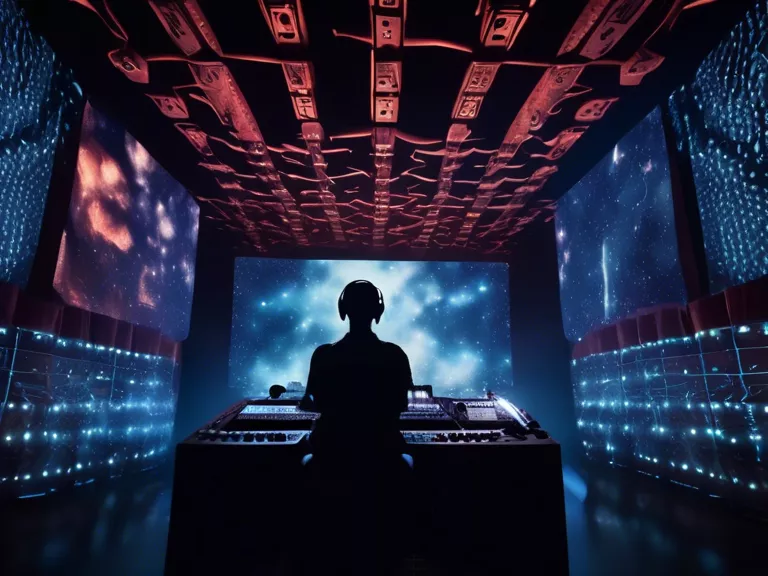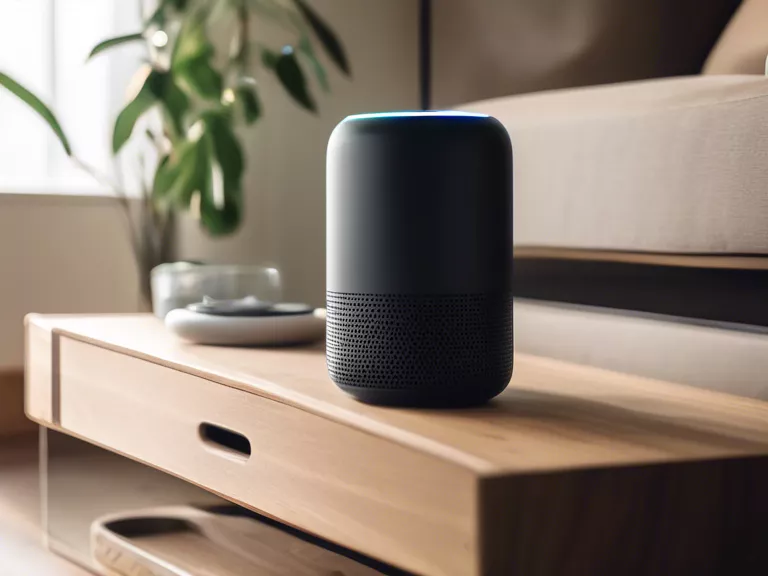
Spatial audio technology has been revolutionizing the way we experience music and movies, creating immersive environments that transport us into the heart of the action. By manipulating the way sound is perceived and produced, spatial audio has the power to enhance storytelling and evoke emotions in ways we never thought possible. This article will explore how spatial audio is changing the game in both the music and film industries, and how it is shaping the future of entertainment.
In music, spatial audio allows artists to create multi-dimensional soundscapes that envelop the listener in a 360-degree experience. By placing different elements of a song in various spatial locations, artists can create a sense of depth and space that traditional stereo sound cannot achieve. This gives the listener a more immersive and engaging listening experience, with sounds coming from all directions and interacting with each other in unique ways. Spatial audio is not just about adding more channels; it's about creating a more realistic and natural sound environment that mimics the way we hear in the real world.
In movies, spatial audio enhances the viewing experience by placing the audience in the center of the action. By using advanced audio mixing techniques, filmmakers can create a sense of immersion that draws the viewer into the story. Imagine feeling like you're right in the middle of a battle scene, with sounds of explosions and gunfire coming from all around you. Spatial audio can heighten the emotional impact of a film, making us feel like we are truly a part of the story unfolding on the screen.
As spatial audio technology continues to evolve, we can expect to see even more innovative uses in music and movies. From virtual reality experiences to live concerts, spatial audio has the potential to transform the way we consume entertainment. By creating immersive environments that engage all our senses, spatial audio is pushing the boundaries of what is possible in the world of sound.



